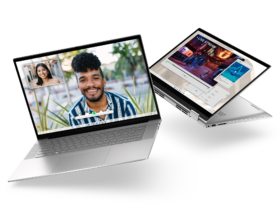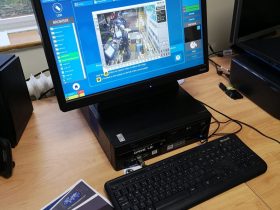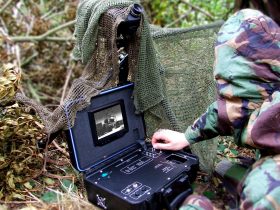In today’s digital era, technology has revolutionized the way we learn and educate ourselves. One of the most innovative tools that have significantly impacted the educational sector is video content analysis. This technology allows educators to analyze and enhance video content to create more engaging and effective learning experiences for students. In this article, we will delve into the benefits of using video content analysis for educational purposes and how it can transform the traditional way of teaching.
Understanding Surveillance Video Processing
Before we dive into the specifics of video content analysis for education, it is essential to grasp the concept of surveillance video processing. Surveillance video processing is the method of analyzing and interpreting video data to extract valuable insights and information. It involves various techniques such as object detection, tracking, and behavior analysis. By leveraging surveillance video processing, educators can enhance the quality of educational videos and make them more interactive and engaging for students.
Leveraging Video Content Analysis for Education
Video content analysis for education offers a myriad of benefits for both educators and students. One of the key advantages is the ability to personalize learning experiences. Educators can use video content analysis to track students’ progress and tailor the educational content based on their individual needs and learning styles. This personalized approach can significantly improve student engagement and comprehension.
Another significant benefit of utilizing video content analysis in education is the enhanced collaboration and interaction among students. By incorporating interactive elements such as quizzes, polls, and discussions in educational videos, educators can promote active participation and teamwork among students. This collaborative learning environment fosters creativity and critical thinking skills, essential for students’ academic success.
Implementing Video Content Analysis Tools
When it comes to implementing video content analysis tools in the educational setting, one of the leading providers in the industry is Cognitech. Cognitech offers state-of-the-art solutions for video content analysis, leveraging advanced algorithms and machine learning techniques to extract meaningful insights from educational videos. With Cognitech’s platform, educators can easily analyze video content, identify key trends, and optimize learning materials to enhance student engagement and retention.
Enhancing Student Learning Experience
By utilizing video content analysis for education purposes, educators can significantly enhance the overall student learning experience. Interactive videos with personalized content can capture students’ attention and make learning more enjoyable and effective. Moreover, by analyzing students’ interactions with educational videos, educators can gain valuable insights into their learning preferences and adapt their teaching methods accordingly.
conclusion
In conclusion, video content analysis is a powerful tool that can revolutionize the way we educate and learn. By leveraging surveillance video processing techniques and advanced algorithms, educators can create more personalized and interactive learning experiences for students. With the help of innovative solutions like Cognitech, educators can analyze and optimize educational videos to maximize student engagement and academic success. Embracing video content analysis in education opens up a world of possibilities for enhancing the quality of teaching and learning in the digital age.







